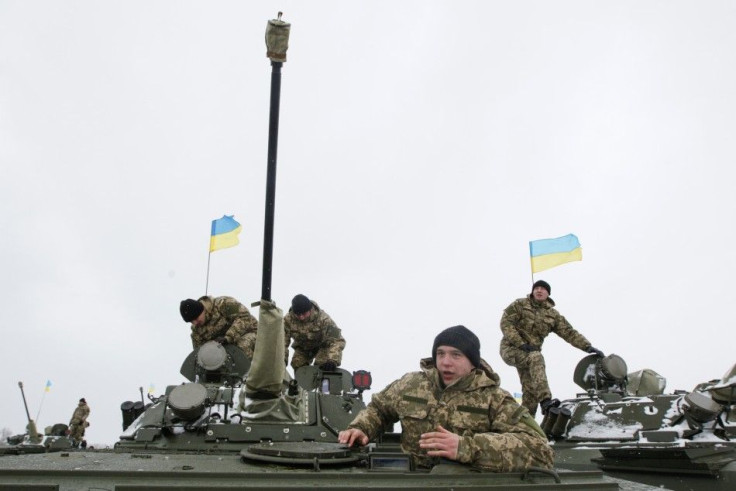Deployment Of A-10 Aircraft A Reminder To Russia Of US Strength; West Condemns Ukraine Ceasefire Breach

The A-10 Thunderbolt II planes of the United States are being sent back to Germany as part of a six-month operation in Europe amid worries over the rise of militant groups and Russian aggression. The 12 U.S. planes will help ensure regional security and stability.
Third Air Force commander Lt. Gen. Darryl Roberson said the U.S. will be focusing on “numerous and emerging threats” such as ISIS, Russia and others that are considered security risks. Heightened tension between the West and Russia was sparked by the current crisis in Ukraine. The ceasefire agreement is on the brink of collapse as pro-Russian separatists continue to fight with Ukrainian government forces.
The U.S and its allies have accused Moscow of supplying weapons to rebels in eastern Ukraine but the Kremlin has repeatedly denied the allegations. The temporary deployment of 12 of the A-10 “tankbuster” aircraft at Spangdahlem base was part of the U.S. military’s Operation Atlantic Resolve, reports NBC.
The presence of A-10 Thunderbolt II aircraft was intended to reassure NATO member countries amid the crisis in Ukaine. The “tankbuster” planes were also a reminder to Russia that the U.S. military forces are within the vicinity.
Roberson told NBC that bringing the U.S. aircraft was a new way of showing off air power. Although the U.S. military has to display strength with less resources compared to it had during the Cold War, it can still rely on temporary deployments from bases in the U.S. mainland.
“Instead of having to be permanently based forward, we have these assets now that will routinely rotate over to other regions around the world as needed,” said Roberson. Tate Nurkin, a defence expert at Colorado-based firm IHS, believes the U.S. military may be “forced” to aid its European allies because it is still the strongest force NATO has. He added that the U.S. forces have the most capability.
In 2014, the U.S. military used training areas in Europe to practice tank maneuvers with NATO forces. Earlier in the month, the U.S. army revealed it would continue to use Coleman Barracks, which was previously intended for the German government, to keep tanks and other combat vehicles.
Meanwhile, the Wall Street Journal reports that more Russian troops have entered Ukraine. U.S. officials said Russian weapons and supplies continue to flow into the country as the Ukrainian government forces suffer more casualties. The West has condemned the breach of the ceasefire agreement that was supposed to have seen the complete withdrawal of weapons and fighters from the frontlines.
U.S. officials in Washington continue to observe the movement of rocket launchers and artillery that were allegedly operated by Russian soldiers. Pentagon spokesperson Col. Steve Warren said the flow of Russian equipment in Ukraine only contributes to destabilization.
To report problems or leave feedback, contact: r.su@ibtimes.com.au





















